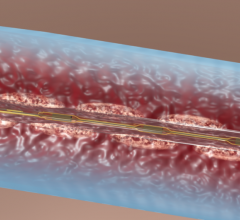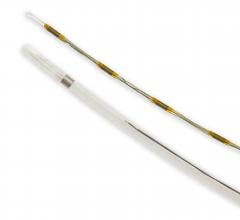July 15, 2014 — Each year, deep vein thrombosis (DVT) leads to hospitalization for approximately 250,000 Americans, and often leads to serious — and even fatal —complications. Fortunately, at the California Institute for Deep Venous Thrombosis, those suffering from the effects of thrombosis will find an effective DVT treatment from Farshad Malekmehr. The specialist performs a variety of procedures, ranging from standard treatments like anticoagulation and thrombolysis for DVT treatment, to highly effective treatments that can be life saving for those at high risk for pulmonary embolism and postphlebitic syndrome. Among these, one of the most effective is mechanical thrombectomy for DVT — a treatment leading to immediate decrease in pain and swelling among a majority of patients.
While many DVT sufferers find relief through treatment at The California Institute for Deep Venous Thrombosis, many still experience understandable confusion regarding the different DVT treatments. The differences between two common procedures — thrombolysis and mechanical thrombectomy — are below:
Thrombolysis
Normally blood clotting is a good thing — it helps a person to prevent blood loss from an injury such as a cut or graze. When a clot breaks up and ends up traveling through a blood stream, however, it can cause serious issues, disrupting blood flow, potentially depriving oxygen to certain parts of the body and damaging tissue. With thrombolysis, Malekmehr is able to preserve the valves in the veins, thus decreasing the chance of complications like postphlebitic syndrome or pulmonary embolism. Thrombolysis breaks down blood clots through a method that is commonly called "clot busting," involving various drugs that are derived through streptococcus species or recombinant biotechnology. These agents reduce the size of the clot, allowing blood to flow uninhibited by the offending clot.
Mechanical Thrombectomy
A mechanical thrombectomy is a surgical or percutaneous (accomplished through needle puncture) procedure, in which the blood clot is physically removed. While often effective, a mechanical thrombectomy is often performed on an emergency basis, as it is more invasive than thrombolysis.
Malekmehr thoroughly investigates each patient's symptoms and health concerns before deciding which procedure will lead to the best possible results.
For more information: www.dvtinfo.com


 November 21, 2022
November 21, 2022 




